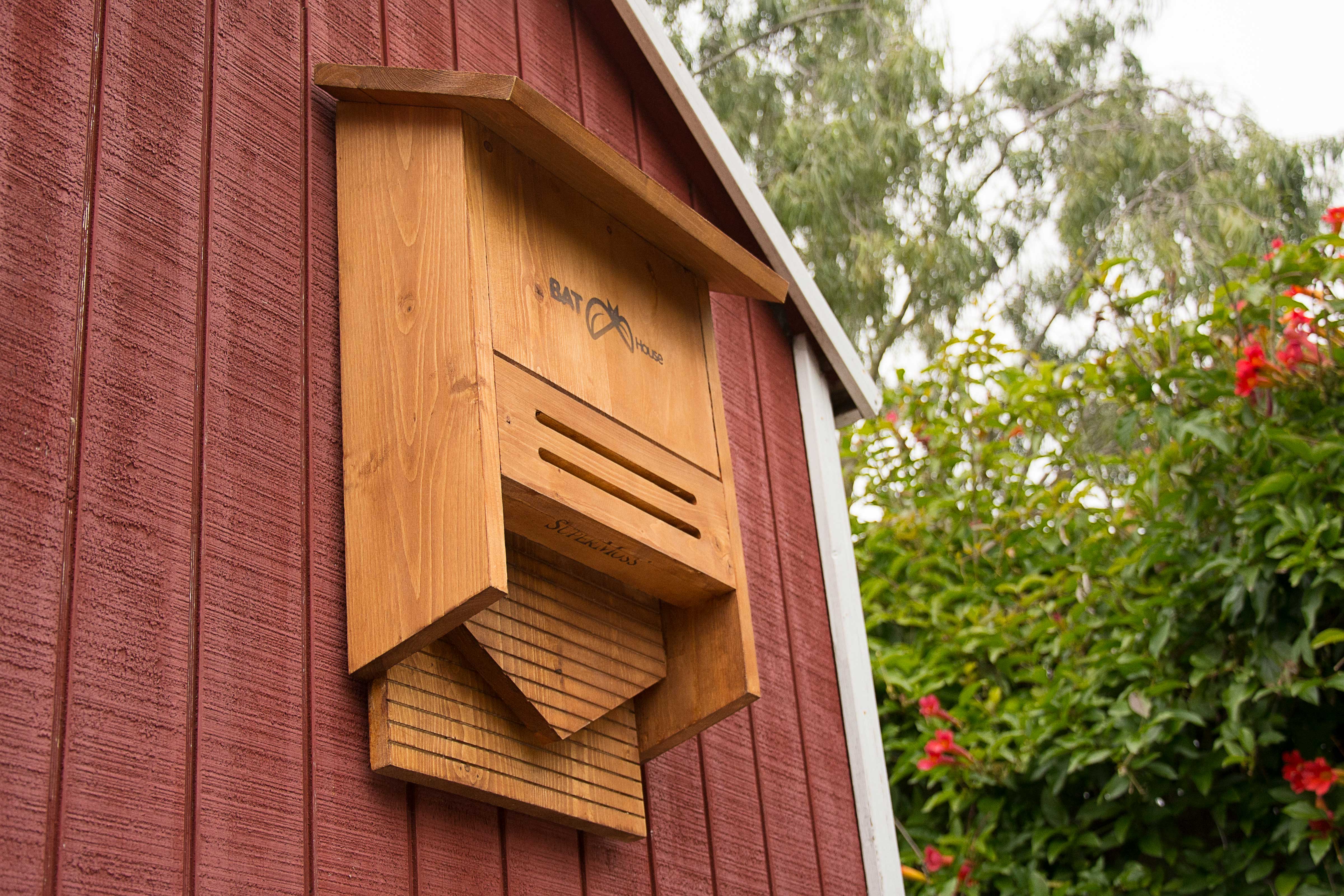How to Attract Bats to your Garden
In honor of Earth Day, we’re diving a bit deeper into a staff favorite product, the Beneficial Bat House. Bat Houses are a great way to shelter and host bats in your garden. We are honored to take part in conserving species that act as both pollinators and a natural pesticides.
Here are a few reasons why bats are essential to our ecosystems:
- They play a crucial role in pest control– bugs are their favorite snack
- They are pollinators! Did you know bats are the only species that pollinates the agave plant? Imagine
- Bats play a fundamental role in dispersing seeds, aiding reforestation efforts.
Since the launch of the SuperMoss Bat House, one of the most common questions we have received over the years is, “How do you attract bats to your bat house or garden?” Most importantly, you want to make sure your outside area is bat-friendly. By this we mean to make sure your backyard offers certain elements bats need to survive, such as a food and water source. Keep reading to see how you can increase the chances of a bat finding your bat house.
Place Your Bat House in the Right Location
Location is everything when it comes to bat houses. For best results, place your Bat House on a high post or a building. This way it will be clearly accessible for the bats as they are out and about in the nighttime hours.
The Bat Conservation International (BCI) highly discourages tree mounted bat houses. Why is this?
- Doesn’t protect bats from being stalked by nearby predators.
- Branches can make it difficult for bats to enter their den
- Trees create too much shade (read more about ideal temperature in next section )
Because of this, BCI highly recommends mounting bat houses in an open space—about “10-14 feet away from vegetation” (BCI)
Make Sure Bat House Temperature is Right
Temperature is another important factor to consider. In fact, BCI considers it to “the single most important factor for a successful Bat House”.
Anywhere from 80oF-100o F is the ideal temperature range for your Bat House.
(Basically you want the interior of your bat house to be as warm as possible)
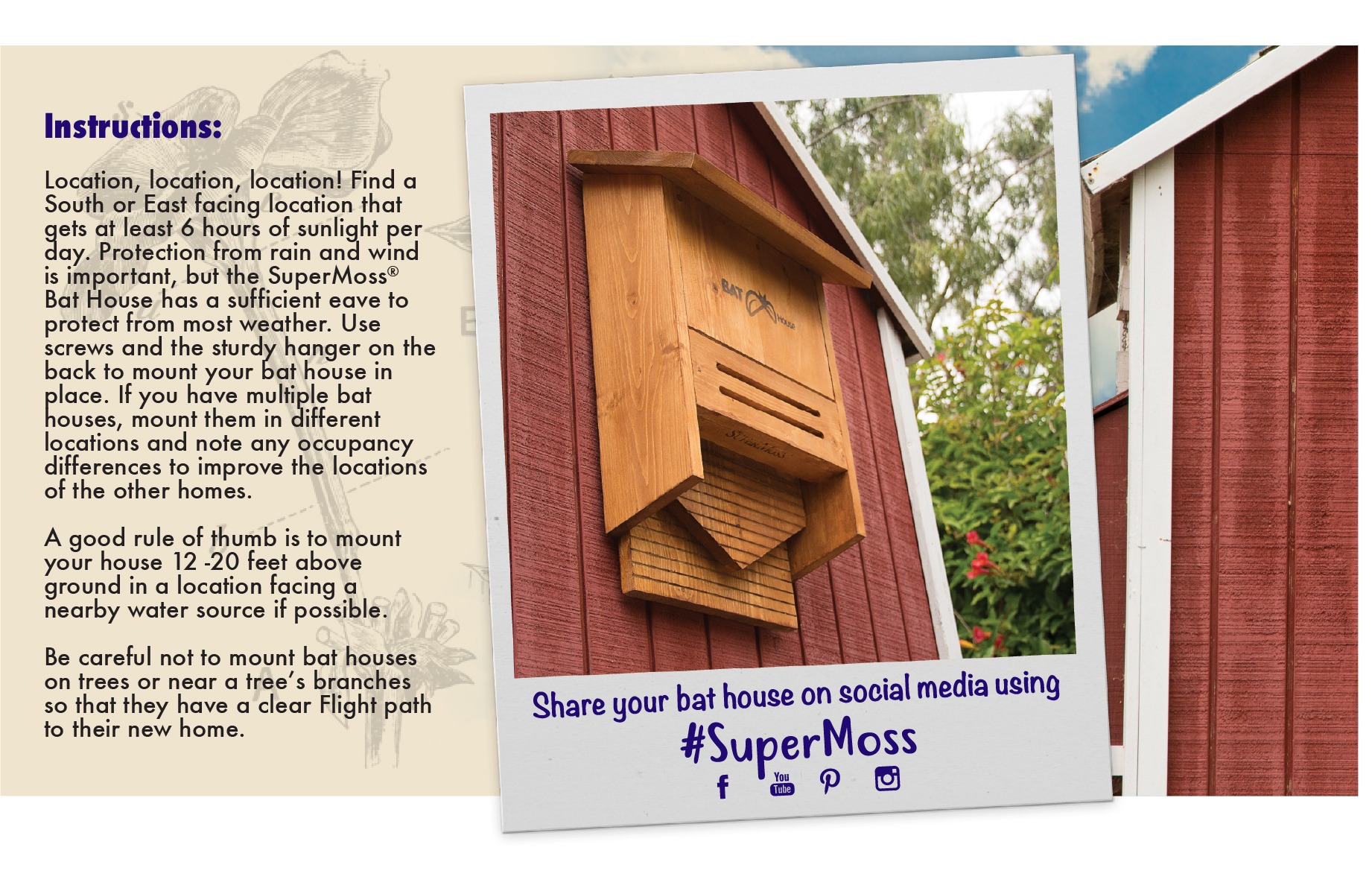
There are 3 main factors that influence the temperature of bat houses:
- Exterior color of your Bat House (light colors are ideal for warmer climates) see more about this here
- Compass orientation (south-east, east-facing, ect..)
- Sun exposure (is your bat house being blocked by a building or other fixture?)
To get a better idea, you can always use a thermometer to see what the interior temperature of your bat house is.
Ensure the Design is Correct
If you are making your own bat house, be sure that it is designed in accordance with the Bat Conservation International guidelines
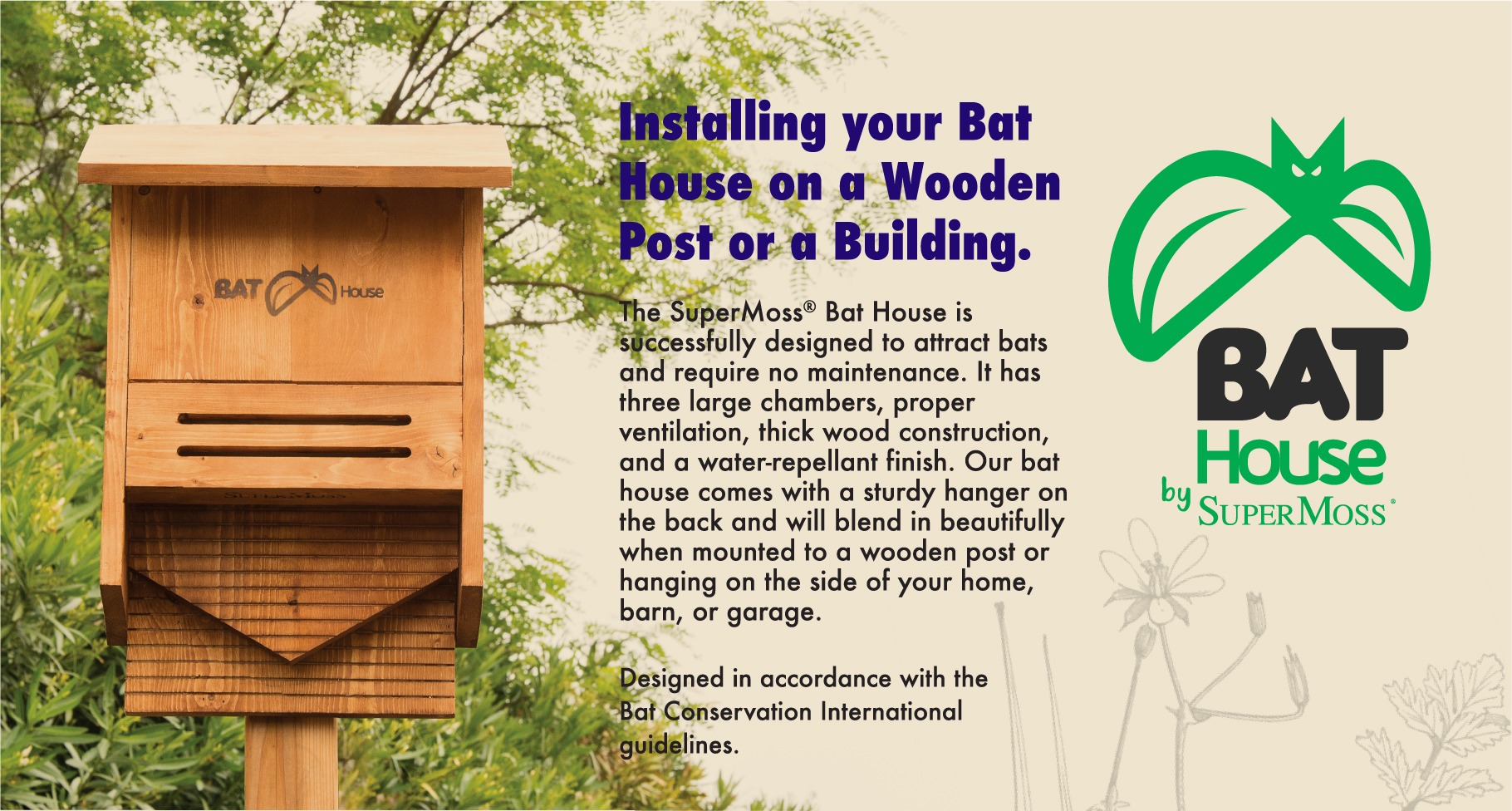
Provide a Nearby Water Source
Bats drink up a lot of water! Imagine how tiring it must be darting from tree to tree through the late hours of the night. In order for bats to seek shelter in your Bat House, be sure they have water source within “1/4 of a mile.” (Habitat for Bats LLC).
Note: If you don’t have a body of water nearby, consider adding a pond or fountain to your garden.
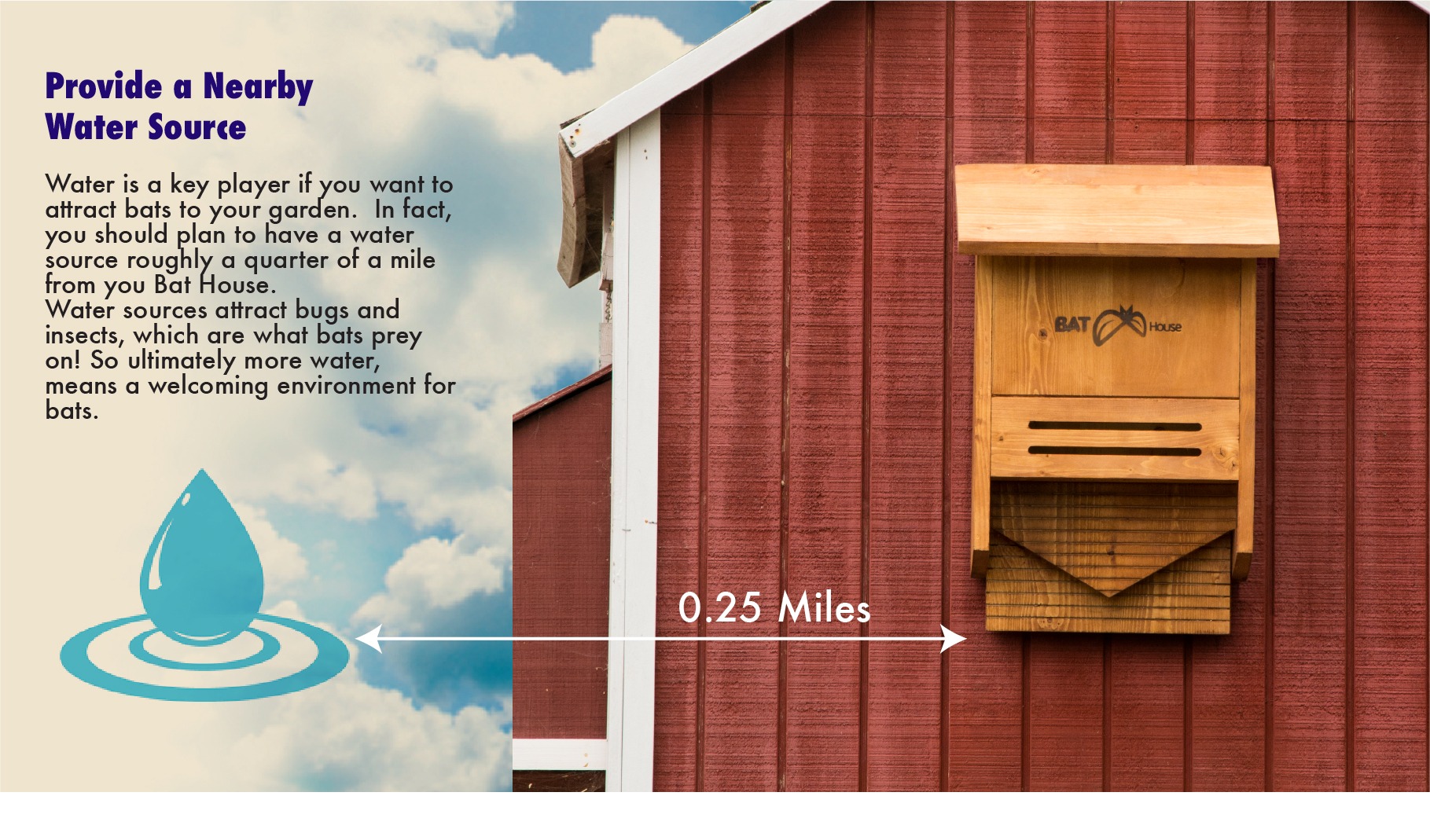
Provide Extra Light Sources
Just like water, light is also a bug magnet. Where there are insects, there are bats!
It can be as simple as adding some form of outdoor light fixtures to your backyard or garden.
Attract Bats with Night-Blooming Flowers
Bats are active during the night and so is their favorite food—moths. Provide an ample food supply for bats by introducing night-blooming flowers to your landscape. These flowers will attract more moths, which will ultimately attract more bats.
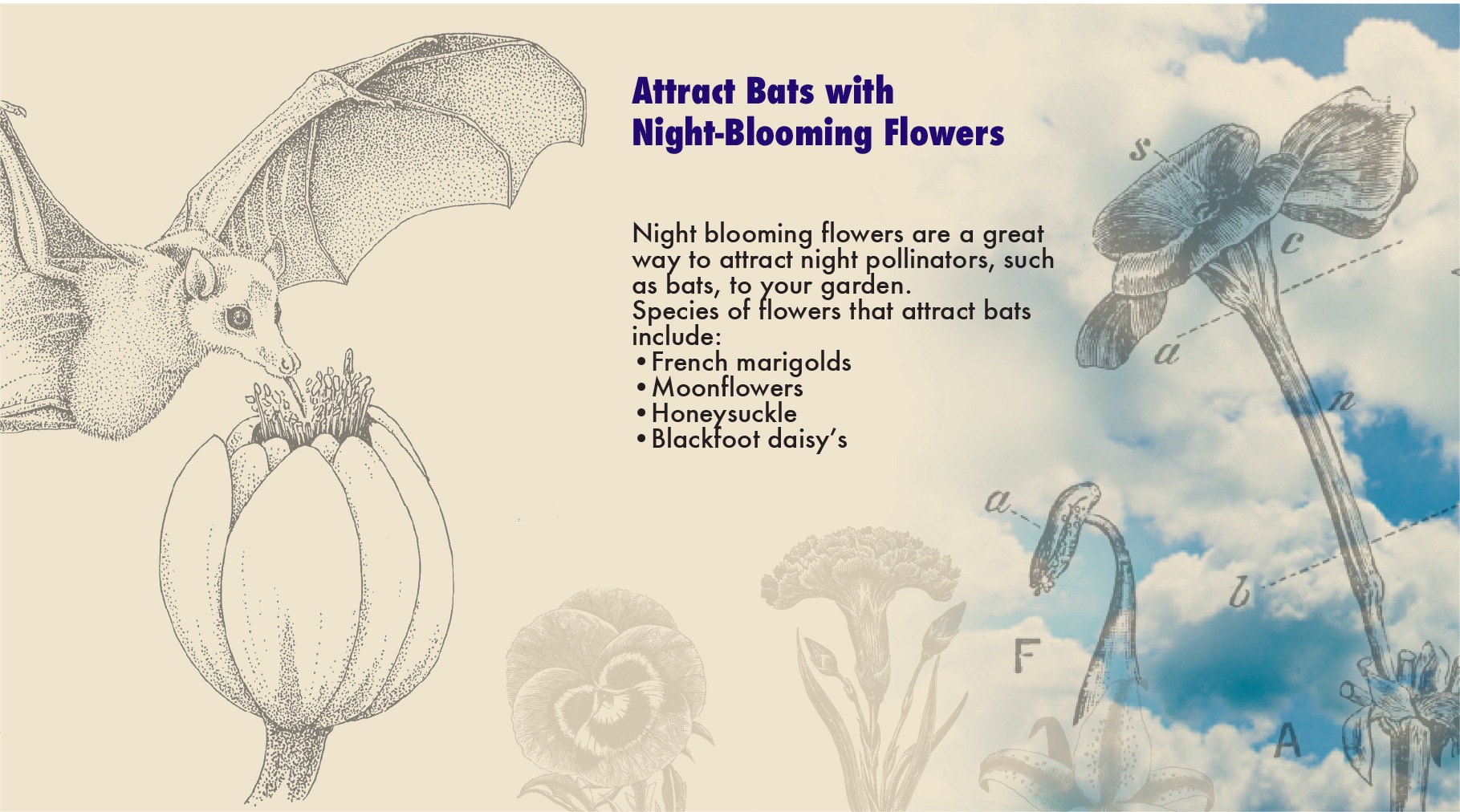
As you can see, hosting bats in your garden is not a difficult task. Keep in mind you want to provide bats with not only a safe shelter, but also with plenty of food and water. While it may seem like such a small act, by making bat-friendly gardens you are actively taking part in the recovering a keystone species.
Cheers!
– SuperMoss



